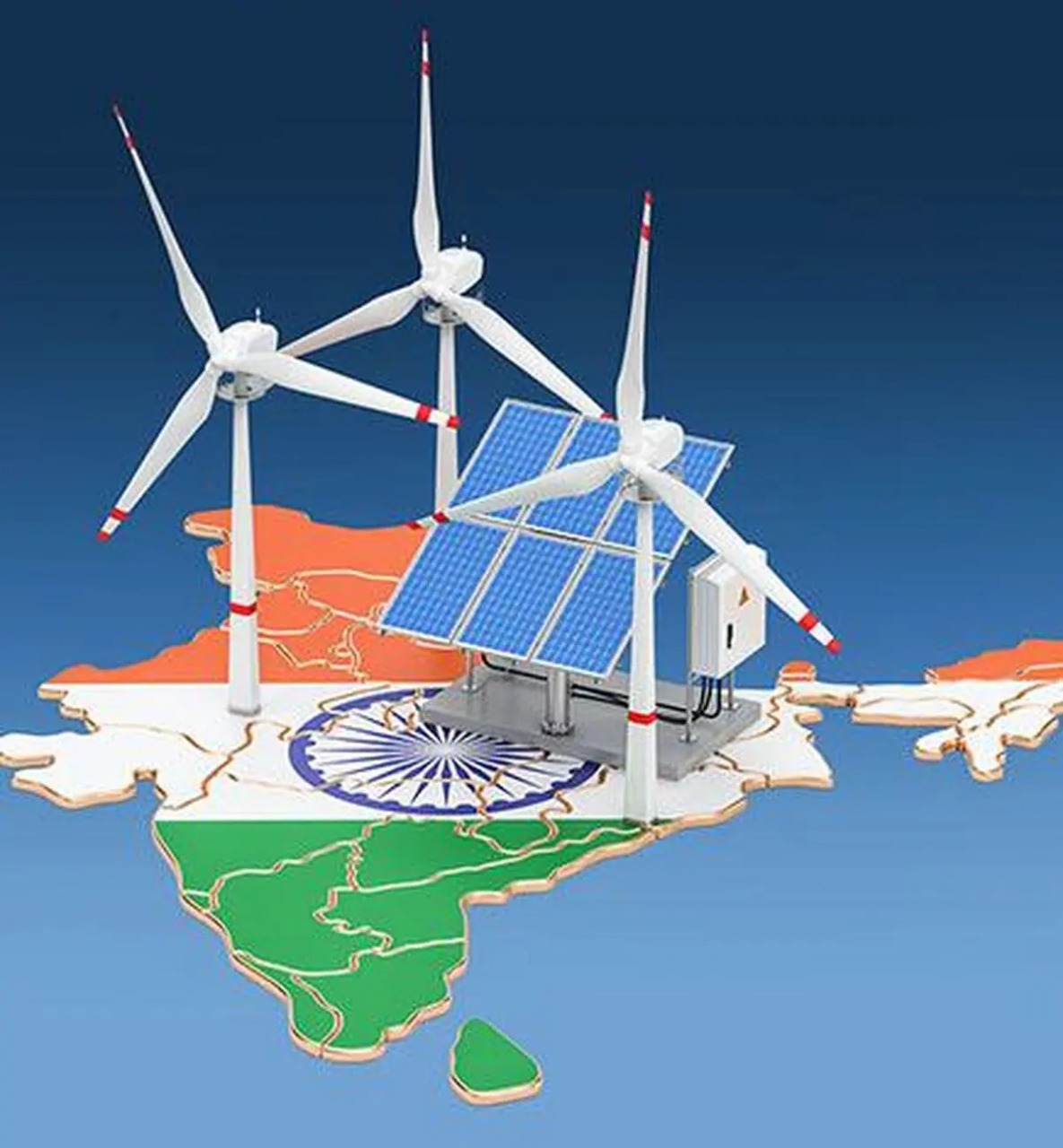
Follow WOWNEWS 24x7 on:
Updated: July 16, 2025 06:45

India has achieved a milestone in its transition to energy, where 50 percent of its cumulative installed power capacity is non-fossil fuels—five years ahead of schedule of its 2030 Paris Agreement target.
Main Points of the Achievement
- India's installed power capacity as of July 2025 is 484.8 GW
- Renewable energy sources including solar, wind, hydro, nuclear, and bioenergy now account for 242.8 GW
- It was incorporated into India's Nationally Determined Contributions (NDCs) in the UN climate framework.
Reasons behind the Change
- Flagship programs like PM-KUSUM and PM Surya Ghar Yojana have encouraged solar adoption quicker in rural and urban India
- The National Wind-Solar Hybrid Policy and development of solar parks have promoted utility-scale renewable growth
- Decentralised energy systems and rooftop solar power have made the citizens energy producers.
Challenges and Way Forward
- Despite the capacity record, coal is still the champion in real electricity generation with higher utilisation rates
- Energy storage and grid balancing are the key to mitigating the use of fossil fuels at peak demand hours
- Development of Battery Energy Storage Systems (BESS) and pumped hydro capacity is underway
- End-of-life management of solar panel and wind turbine is getting more focus for sustainability
Prospects India's early triumph makes it a global leader on climate. The second phase will focus on digital integration of the grid, clean tech circularity, and more decarbonisation through green hydrogen and AI-based energy systems.
Sources: Times of India, BusinessWorld, News18, Economic Times EnergyWorld, Hindu BusinessLine, NewsOnAir




